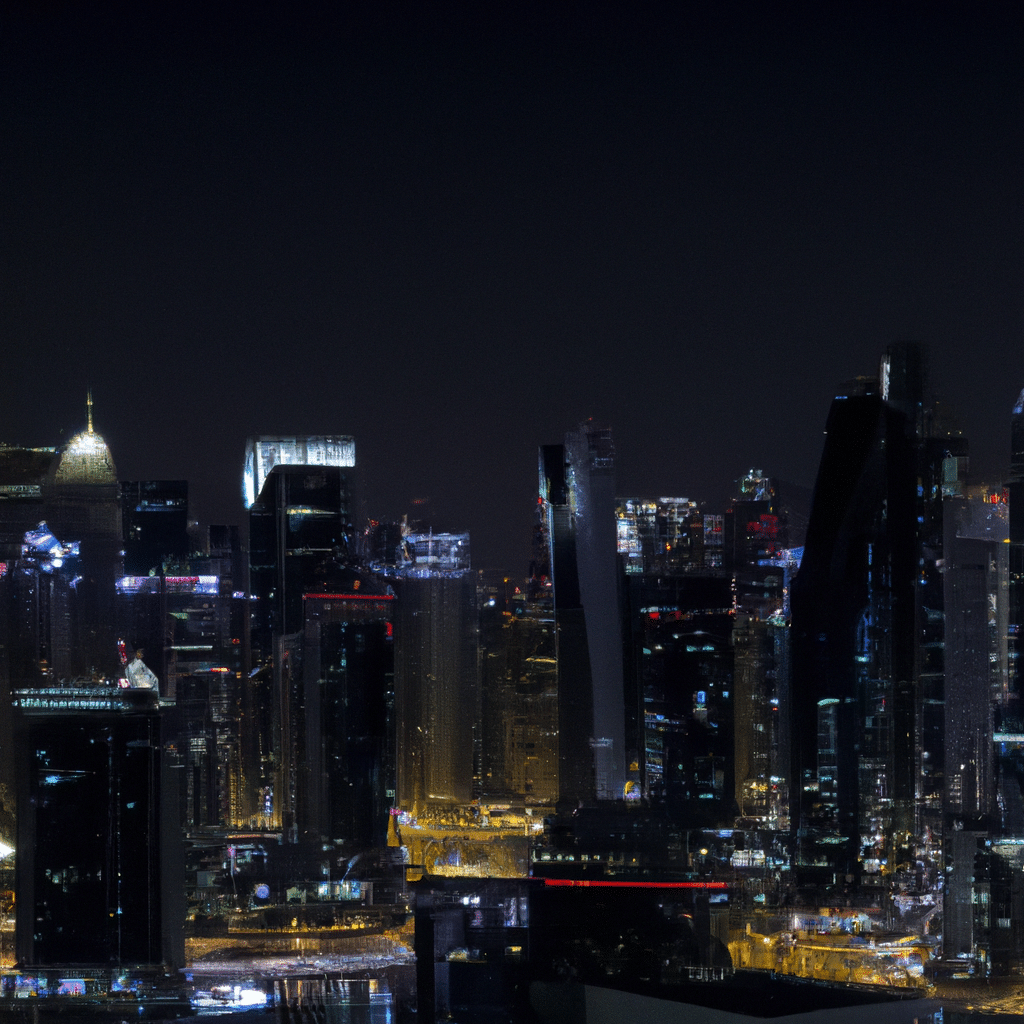
In today’s modern society, artificial lighting has become an integral part of our lives. We rely on it to brighten our homes, illuminate our streets, and enhance our productivity. However, behind the convenience and comfort it provides, there lies a hidden environmental impact that often goes unnoticed. In this article, we delve into the dark side of artificial lighting, shedding light on the various ways it affects the environment and exploring sustainable alternatives.
The Energy Consumption Conundrum
Artificial lighting accounts for a significant portion of global energy consumption. Traditional incandescent bulbs are notorious for their inefficiency, converting only a small fraction of the energy they consume into light while wasting the rest as heat. This inefficiency translates into higher energy demands and increased greenhouse gas emissions, contributing to climate change.
To combat this issue, governments worldwide have been gradually phasing out incandescent bulbs in favor of more energy-efficient alternatives, such as compact fluorescent lamps (CFLs) and light-emitting diodes (LEDs). These technologies consume significantly less energy, resulting in reduced carbon footprints and lower electricity bills for consumers.
Light Pollution: Disrupting Nature’s Balance
One of the often overlooked consequences of artificial lighting is light pollution. As urban areas continue to expand, the excessive and misdirected illumination from streetlights, buildings, and outdoor advertising disrupts the natural patterns of darkness and light. This disturbance affects nocturnal animals, migratory birds, and even human health.
Nocturnal animals, such as bats and owls, heavily rely on darkness for hunting and navigation. The presence of artificial light confuses their natural behaviors and disrupts their ecosystems. Similarly, migratory birds use celestial cues to navigate during their long journeys. Bright city lights can disorient them, leading to collisions with buildings and a decline in their populations.
Moreover, excessive exposure to artificial light at night has been linked to various health issues in humans. Disrupted sleep patterns, increased risk of obesity, and higher rates of certain cancers are some of the consequences associated with prolonged exposure to artificial light. This emphasizes the importance of maintaining a balance between illumination and darkness for both wildlife and human well-being.
Environmental Impact of Light Fixtures
While energy-efficient bulbs have become more prevalent, it is crucial to consider the entire life cycle of lighting fixtures. The production, use, and disposal of these fixtures can have significant environmental implications.
The manufacturing process of lighting fixtures involves the extraction of raw materials, such as metals and plastics, which can contribute to habitat destruction and pollution. Additionally, the disposal of old or broken fixtures poses challenges, as they often contain hazardous substances like mercury or lead. Proper recycling and responsible disposal methods are essential to minimize the environmental impact.
Sustainable Lighting Solutions
As we strive to mitigate the environmental impact of artificial lighting, several sustainable solutions have emerged.
1. Switching to LED Lighting
LEDs have revolutionized the lighting industry with their efficiency and longevity. They consume up to 80% less energy than traditional bulbs and can last up to 25 times longer. By transitioning to LED lighting, both residential and commercial users can significantly reduce their energy consumption and carbon emissions.
2. Implementing Smart Lighting Systems
Smart lighting systems utilize advanced sensors and automation to intelligently adjust lighting levels based on occupancy and ambient light conditions. These systems ensure that lights are only on when needed, reducing unnecessary energy consumption. Additionally, they offer customizable features, allowing users to tailor lighting preferences according to their needs.
3. Promoting Natural Daylight
Maximizing the use of natural daylight can reduce the need for artificial lighting altogether. Designing buildings with ample windows, skylights, and light shelves can optimize daylight penetration, minimizing the reliance on electric lighting during daylight hours. This approach not only reduces energy consumption but also enhances occupants’ well-being and productivity.
4. Supporting Dark Sky Initiatives
Dark sky initiatives aim to preserve and protect natural darkness by reducing light pollution. Through responsible outdoor lighting practices, such as shielding fixtures and using warm-colored bulbs, these initiatives help restore the beauty of the night sky and protect nocturnal ecosystems.
Conclusion
Artificial lighting has undoubtedly improved our lives, but it is essential to recognize its environmental consequences. By adopting energy-efficient technologies, minimizing light pollution, and implementing sustainable lighting practices, we can illuminate our world while minimizing the impact on our planet. Let us embrace the light responsibly and strive for a brighter, greener future.




